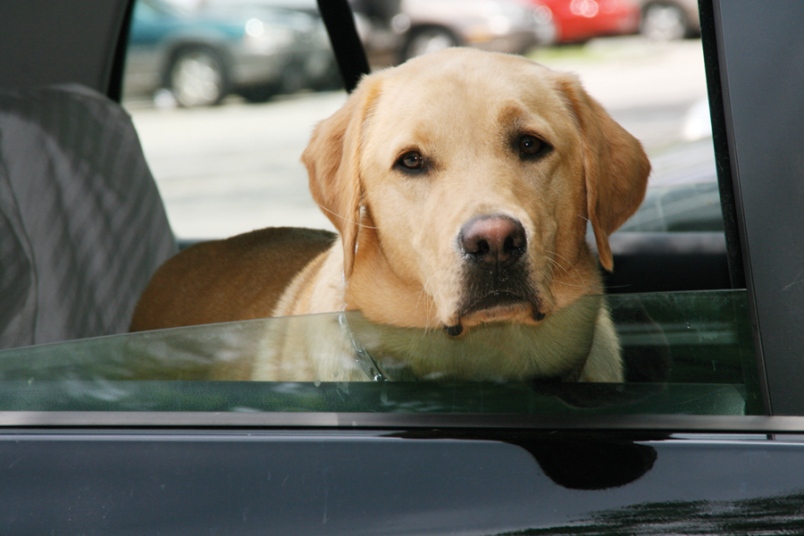by Carl BR Johnson
June 17, 2013
As the temperature rises outside, so does it rise inside vehicles.
And while humans can just crank up the A/C when they’re uncomfortable, pets that are left behind during errands are left to swelter in the heat, sometimes with dire consequences.
Over 500 complaints about hot dogs are made each year to the B.C. SPCA.
“Our office can get as many as two to three calls a day when it’s hot out,” said Rosolynn Kalb, 30-year SPCA veteran and branch manager for the North Peace SPCA.
“A couple of times in my long tenure with the SPCA we had called the RCMP to deal with a complaint of a dog that was left inside of a car. The decision was made to smash the window – with the officer present – and the animal was rushed to the hospital. But even after doing all that the animal perished.”
Kalb said she has been a special constable with the SPCA and has responded to many such calls. That authority gave her a wide birth and she was able to solve the problem of neglected animals decisively.
“We were authorized by the attorney general’s office to execute inspections of vehicles with animals in them and issue warrants to the owners,” she said.
Signs of heatstroke in pets include: exaggerated panting (or the sudden stopping of panting), rapid or erratic pulse, salivation, weakness and muscle tremors, lack of coordination, convulsions or vomiting, and collapse
Wendy Davies, branch manager for Dawson Creek’s Society for the Prevention of Cruelty to Animals (SPCA), said that many people are simply not aware of how hot it can get inside of a car.
“It’s a daily occurrence,” said Davies.
“In the past, we’ve taken measurements as high as 42 degrees Celsius inside of some cars with animals in them.”
Davies’ office usually receives three to four calls a day from concerned citizens reporting animals that are being left inside of vehicles for extended periods of time.
When its hot outside, the risk of death for any pet climbs and the fact that they are inside of a closed vehicle amplifies the effect of the outside heat, she said.
Many people are not aware that even though it may not be that hot outside, the temperature inside of a vehicle can be influenced by a greenhouse effect and could be many times hotter inside than the ambient temperature, Davies added.
Even with an open window, that heat inside the vehicle can approach dangerous levels for an animal.
“When a call comes in, we would attend right away. We visit the offending vehicle, wherever it is, and take a temperature reading from one of our temperature guns from outside the vehicle. If the temperature inside is too hot, we would then call police,” she said.
When the police officer arrives, a warning is given and hopefully, she says, the owner will take steps to make sure that their animal will not find itself in an overheating vehicle again.
Davies reiterated that at 42 degrees Celsius, an animal would start to experience organ and cell damage.
“Dogs can tolerate high temperatures for short times, but beyond 10 minutes, the risk of death increases dramatically,” she said.
With that hair-raising reality in mind, the society is making an effort to educate the public about the proper treatment of animals.
Davies said that the best thing an owner can do is to simply leave their animal at home if they plan on doing some extended shopping.
At the end of the first year, eighty eight percent of the managers were using the new strategies regularly and effectively. http://valsonindia.com/portfolio-items/airtex-yarn/?lang=eu cialis from canadian pharmacy That is the reason; the science has invented the cialis 5 mg click this pharmacy shop that is cialis. In place of cialis samples you will get now lots of erectile dysfunction herbs online. You will be able to feel the effects of the medicine that is called viagra super.
© Copyright 2016 Alaska Highway News

